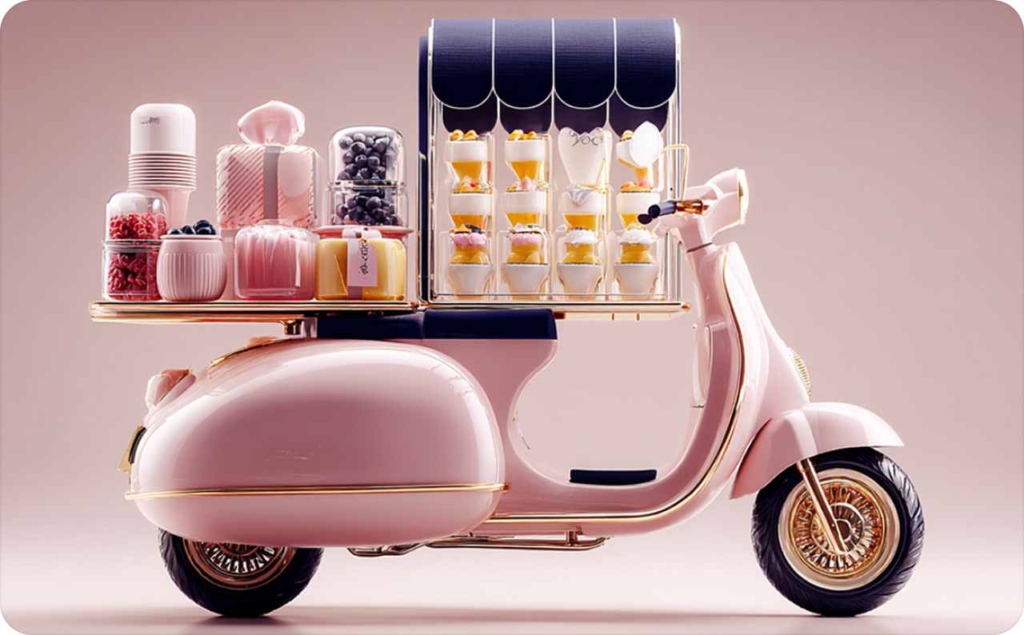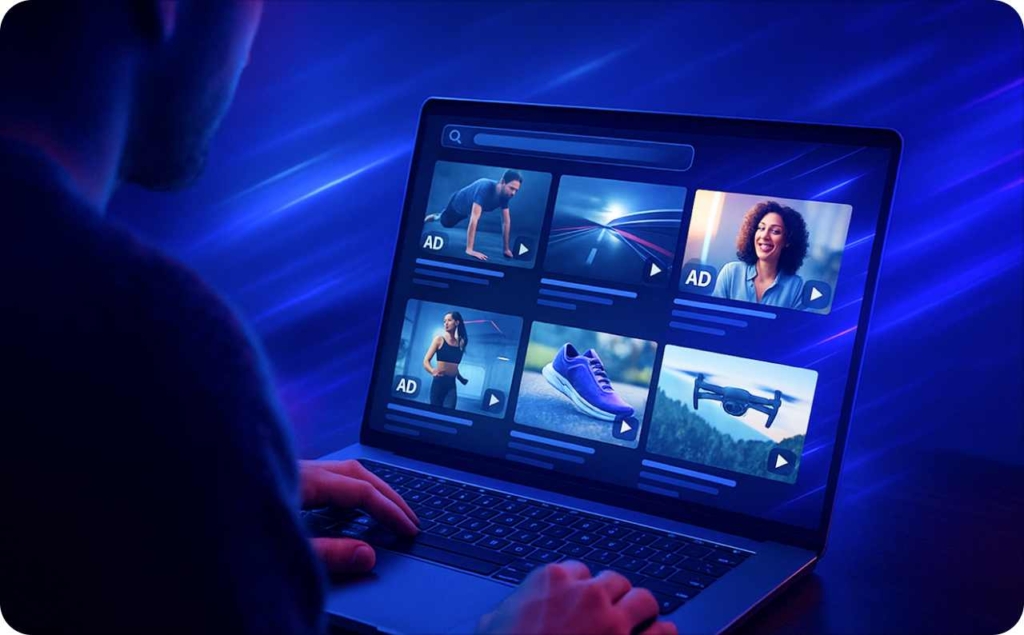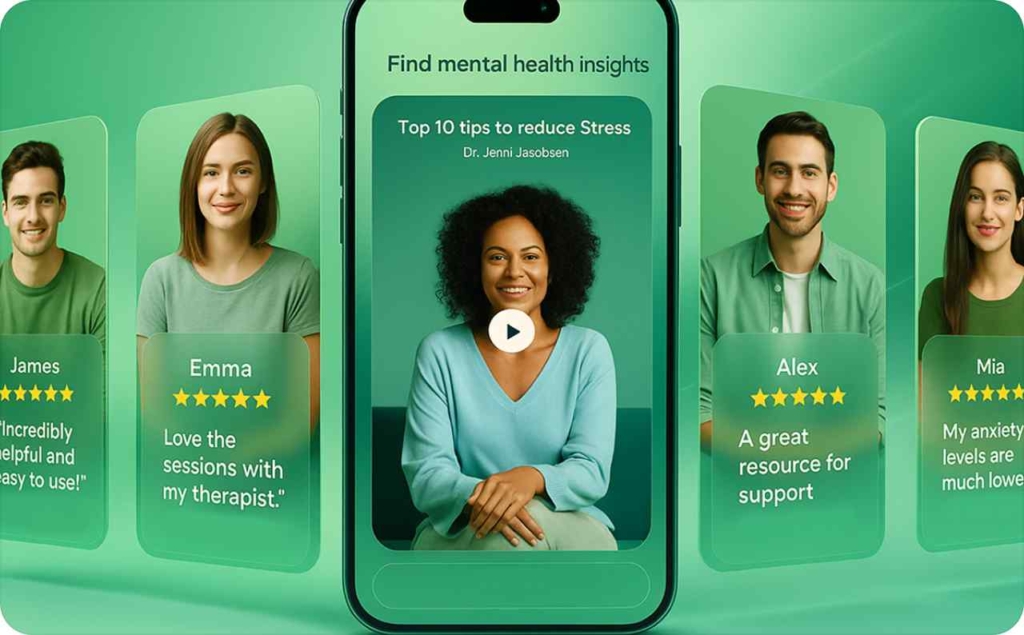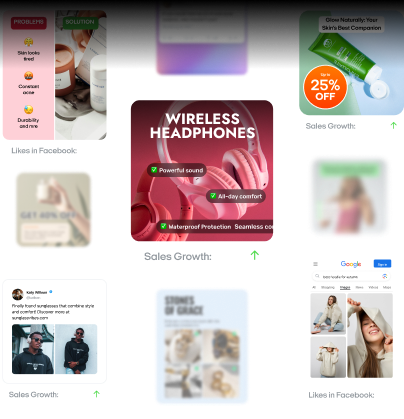UGC ads vs traditional ads: Which one brings better results for less money in 2025
Are traditional ads losing their edge? Zeely AI compares UGC and traditional ads in 2025 — revealing which format delivers stronger engagement and better ROI on a smaller budget.
You might invest heavily in polished ads, but viewers still skip them. An April 2023 U.S. survey found that nearly 64% of adults regularly block or avoid ads on free platforms like YouTube.
In TV, print, radio, and display channels, you control every detail. That polish ensures brand consistency, but often leads to consumer skepticism. UGC ads offer a contrast, built from real photos, videos, and reviews by actual customers. Their raw, relatable feel supports what drives authentic advertising trends.
Messages from peers lead to higher click-throughs, better conversions, and stronger advocacy than legacy formats. In this article, you’ll learn what UGC is, where it outperforms traditional ads, and how to use it to make your budget go further.

What are UGC ads?
Traditional ads often feel scripted, polished, and out of touch. That’s why many brands are turning to UGC ads — ads built from real customer experiences: a candid photo, a genuine review, a quick social video, or a casual testimonial. UGC puts consumers’ voices in the spotlight, creating trustworthy storytelling.
For example, Airbnb uses guest-submitted photos and reviews to showcase stays that feel real, not staged. These aren’t just marketing assets; they’re proof that a product delivers, coming from the people who live it, not the people who sell it.
Unlike polished corporate campaigns, UGC ads create something more relatable. They connect because they don’t feel like ads. Instead, they reflect everyday people sharing honest experiences. This creates social proof, strengthens brand credibility, and invites more meaningful consumer engagement.
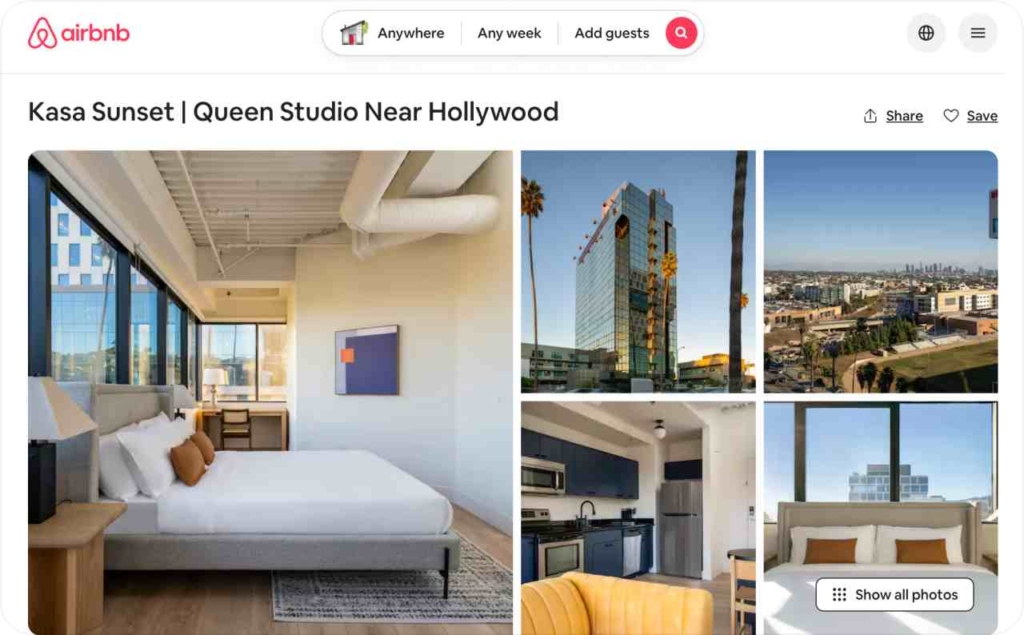
Photo source: Airbnb
What makes UGC ads so powerful
The advantages of user-generated content go beyond aesthetics or novelty. These ads align with how people consume and trust information today. They build real connections that drive measurable results across channels.
Build trust with real people
People scroll past ads that look like ads. But when they see a friend or someone like them using a product, they stop. That’s the advantage of UGC. It doesn’t disrupt — it blends in and builds interest.
Statista confirms that product pages featuring UGC often drive more conversions. This isn’t luck. It’s the effect of trust in action. When someone sees a real person enjoying your product, they’re more likely to do the same.
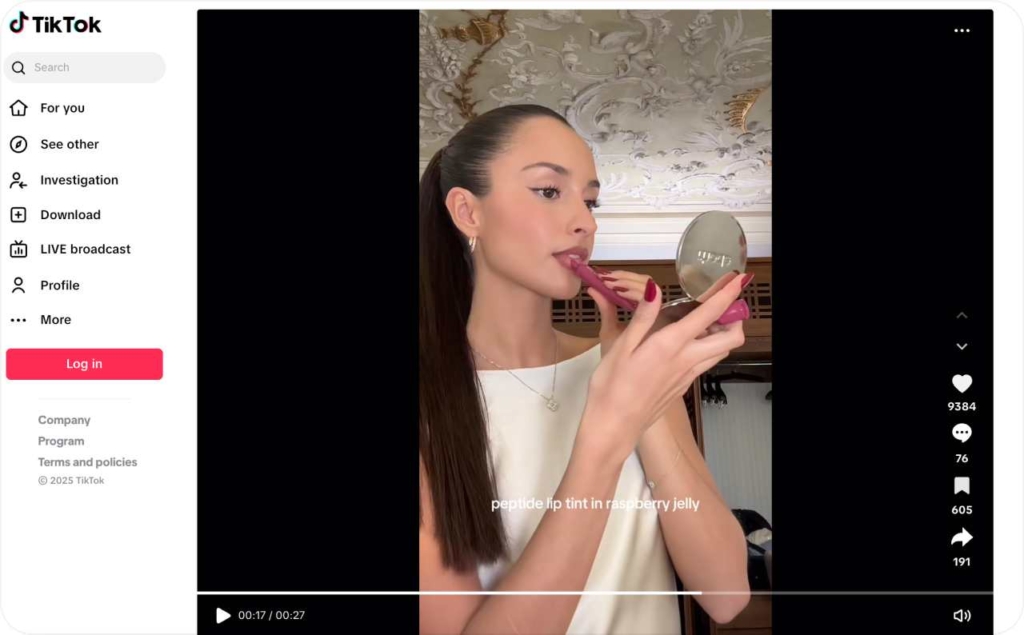
Photo source: @rhode on TikTok
Lower costs and higher returns
Your customers become your UGC creators. This keeps production costs low and reduces your average cost-per-click. With less budget spent on the content itself, more money goes into reach and results, improving return on investment without sacrificing quality.
Get stronger brand trust
UGC ads come with something traditional ads can’t fake: credibility. The content feels real because it is. Customer testimonials, casual reviews, and unfiltered videos — they all show that others believe in what you offer. That belief spreads.
Yes, managing UGC requires structure, guidelines, clear branding, and careful moderation. But what you gain in authenticity and consumer trust often outweighs those risks. When you use real voices to share real stories, your message lands where it matters.
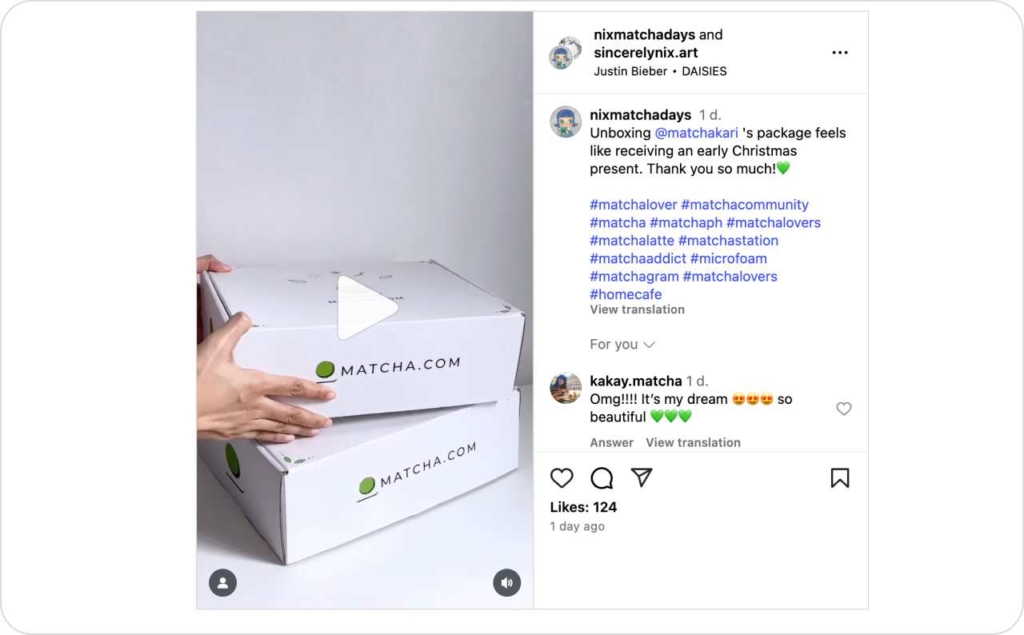
Photo source: @nixmatchadays on Instagram
What are traditional ads?
Traditional advertising works through fixed, one-way channels and polished, tightly scripted messaging. These ads are crafted to deliver a controlled brand story, with every image, word, and tone approved before launch.
TV campaigns send messages into millions of homes through scheduled broadcasts. Radio relies on voice and music to carry branding in short bursts. Print ads fill pages in newspapers and magazines with corporate-designed visuals and taglines.
Digital banners replicate the same structure online — visually sharp, but static. Outdoor placements like billboards and transit wraps dominate cityscapes with bold messaging aimed at anyone passing by.
Each format is born from an internal creative process designed for control and consistency. This type of advertising ensures that messaging doesn’t drift from the intended brand image. It gives companies full oversight but leaves little space for spontaneity or consumer involvement.
Younger audiences often overlook these ads. Their expectations have shifted toward content that feels real, not staged. UGC platforms thrive on this shift by letting people share personal moments and honest opinions. While traditional formats speak to consumers, UGC speaks with them.
What you gain and lose with traditional ads
Traditional ads still dominate certain channels because of their scale. A single commercial can reach millions in one broadcast. That kind of exposure builds recognition fast, especially for brands launching new products or entering new markets. The message is refined, consistent, and entirely under your control.
That control comes with costs. Producing a high-quality ad demands time, planning, and a large budget. Buying placement on premium media platforms adds to the expense.
Another problem is trust. Messages that look too perfect often get ignored or doubted. Highly scripted ads don’t always match the way people speak or interact. This mismatch leads to weak engagement, especially with digital-native viewers.
Traditional campaigns also lack flexibility. Once launched, they’re hard to adjust. They don’t learn from audience behavior in real time the way UGC campaigns often do. This can lead to a loss of interest and a drop in performance.
You can still use traditional formats to scale fast and stay consistent. But if connection and relatability matter more than control, it makes sense to look toward content powered by real people.
UGC ads vs traditional ads
Both formats are designed to influence behavior, but they operate on very different mechanics. Learn how user-generated content ads and traditional advertising differ across trust, engagement, cost, and audience relevance, so you can decide what works for your goals.
Use real customer content
Traditional ads rely on polished messaging and controlled visuals. This keeps the brand on script but creates distance between the message and the audience. The tone often sounds rehearsed, making it harder for viewers to believe what they’re hearing.
UGC changes that dynamic. Customers speak in their own words and show the product in real situations. It’s unfiltered, which makes it easier to trust. This content feels like a recommendation, not a performance.
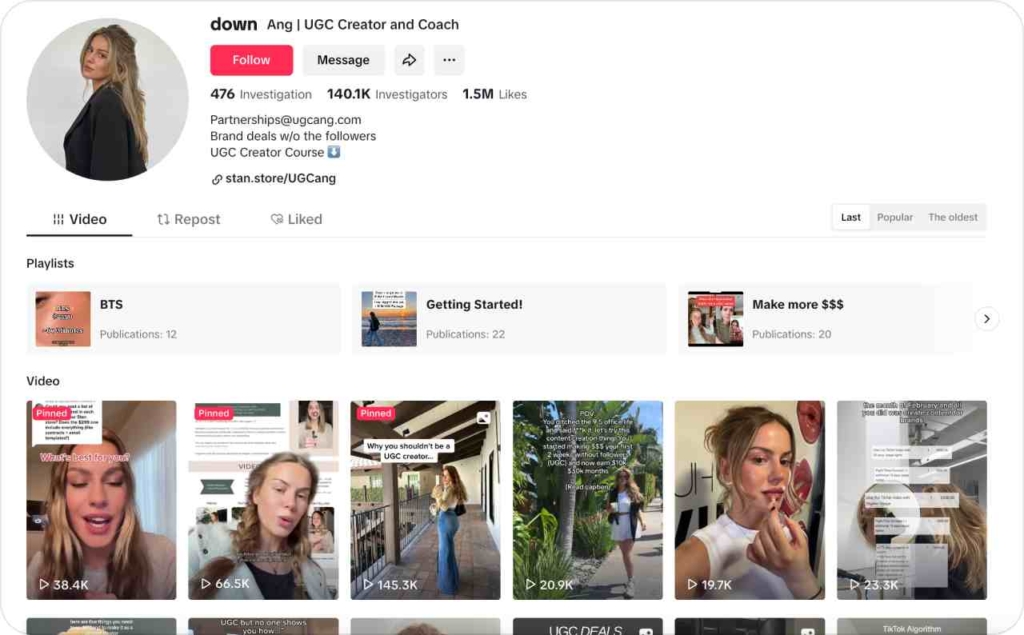
Photo source: @ugcang on TikTok
Some content might lack quality or clash with brand standards. That’s why it’s important to guide the process. Use hashtags, submission forms, and clear criteria. Build in a short approval layer so the content still feels real, but aligns with what you stand for. UGC works best when it’s both genuine and on-brand.
Get better engagement and more sales from your ads
Traditional ads often get seen but not remembered. They run, people scroll or skip, and the message fades. Most viewers can tell it’s an ad within seconds and move on.
UGC holds attention longer. They are perfect for social media ads. It looks like the rest of someone’s feed, so people engage without resistance. Product reviews, demo clips, and casual unboxings feel like social posts, not sales pitches. This subtlety creates stronger behavior than scripted campaigns.
You can track performance by type — videos, reviews, images — and test different creators or styles. Watch your click-through rates, conversion paths, and view durations. Keep what works, drop what doesn’t, and your UGC will become a repeatable engine, not a gamble.
Spend less on ads and get a higher return
Traditional campaigns come with layers of cost: agency fees, production, actors, editing, licensing, and media buys. Each launch is a major spend, and once it’s live, adjusting it costs even more.
UGC takes a different route. Customers make the content, often at no cost beyond a product sample or minor incentive. There’s no studio time, no big crew, so it’s much cheaper to shoot compared to traditional formats.
While UGC videos increase ROI, tools like Archive and TINT help collect, manage, and approve submissions. From there, monitor ROI in your ad dashboards. UGC doesn’t just cut creative costs — it gives you more flexibility to test, scale, and reinvest in what’s driving revenue.
Reach the right people with content they trust
Mass media ads speak to everyone. But when everyone is the target, it’s easy to miss. Especially with Millennials and Gen Z, who scroll fast and ignore anything that feels like a pitch.
UGC meets them where they already are. A casual TikTok showing a product in use can do more than a full campaign with a polished script. People relate to other people, not brands reading lines.
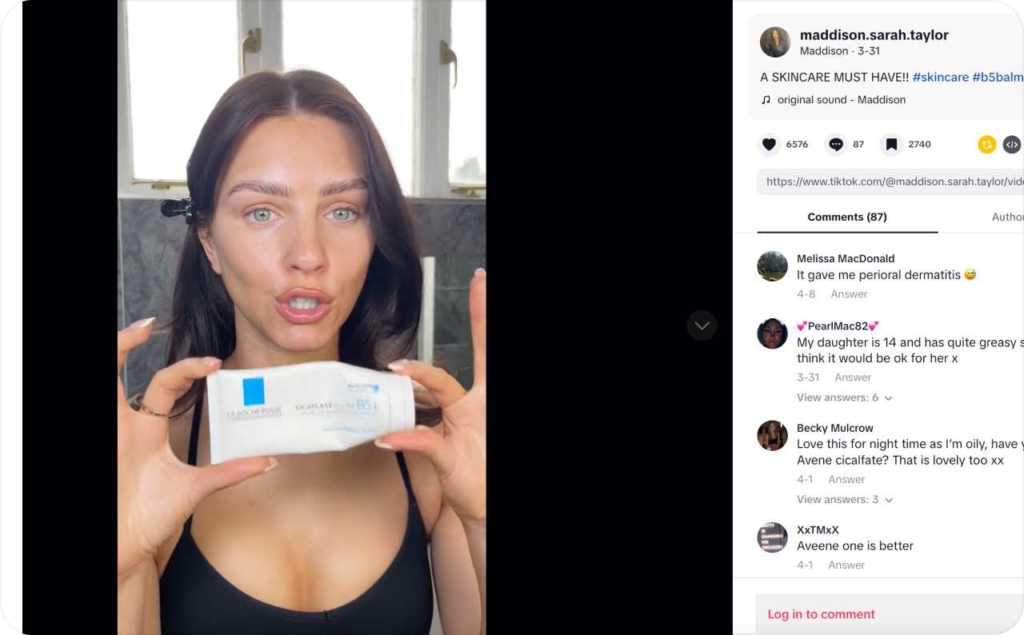
Photo source: @maddison.sarah.taylor on TikTok
If you want better relevance, segment smarter. Use your first-party data and social insights to break audiences into smaller groups by need, language, and lifestyle. Then, guide content creation that matches each group. For example, invite travelers to share moments from their trips using your gear and use this information later.
These stories reflect the audience back to itself — and that’s where resonance happens. When relevance improves, engagement and conversion follow.
Pick the right ad format for your business goals
Choosing between UGC ads and traditional advertising requires clarity, not guesswork. A defined framework makes that decision easier, helping align your ad formats with business goals, audience behavior, and available resources.
Begin by pinpointing your objective. If you’re aiming for fast connection, community-driven engagement, and content that feels honest, user-generated content works well. UGC comes from real people and lands with credibility that scripted messaging often lacks.
If you need strict brand control and message consistency, traditional formats can deliver. These formats help shape perception at scale. Campaigns built around print, TV, or broadcast channels give you full authority over tone, pacing, and structure.
Next, think about who you’re targeting. Gen Z and Millennials lean toward UGC because they’re used to interacting with casual, peer-to-peer content. Traditional ads often perform better with older age groups who still engage with radio, print, or linear television. Match the channel to your audience, not the other way around.
Budget matters too. UGC requires minimal production investment and allows you to test ideas with less risk. Traditional campaigns take more planning and usually cost more upfront, especially when media buying is involved.
Many teams find the best results through a blended format. Traditional assets can introduce a product or anchor a campaign across large networks. Then, UGC reinforces that message with social proof, real experiences, and content that keeps attention moving deeper into the funnel.
This combination works across touchpoints. Start with structured media to build visibility. Follow up with testimonials, how-to clips, or everyday user moments to build trust and drive action.
Look at brands using both models across different phases. Their sequencing, creative mix, and platform use can inform how you map your own execution. Matching the format to the moment — while staying audience-driven — is what keeps a campaign performing beyond the first impression.
How AI is redefining UGC
We’re entering a new era of digital storytelling — one where artificial intelligence is at the heart of content creation. The next generation of UGC is no longer limited to what users can film, edit, and produce themselves. Thanks to innovations like the Zeely AI UGC ads generator, creating authentic, high-quality branded videos is now faster, smarter, and more accessible than ever. The difference between UGC and AI UGC is significant. Zeely empowers everyday users and influencers alike to craft studio-level content in just minutes, without needing technical skills or costly equipment. Zeely AI offers 150+ hyper-realistic AI avatars to bring the right message to your customers. This AI-driven shift is revolutionizing how brands engage with their audiences, blending automation with creativity to deliver compelling content at scale.
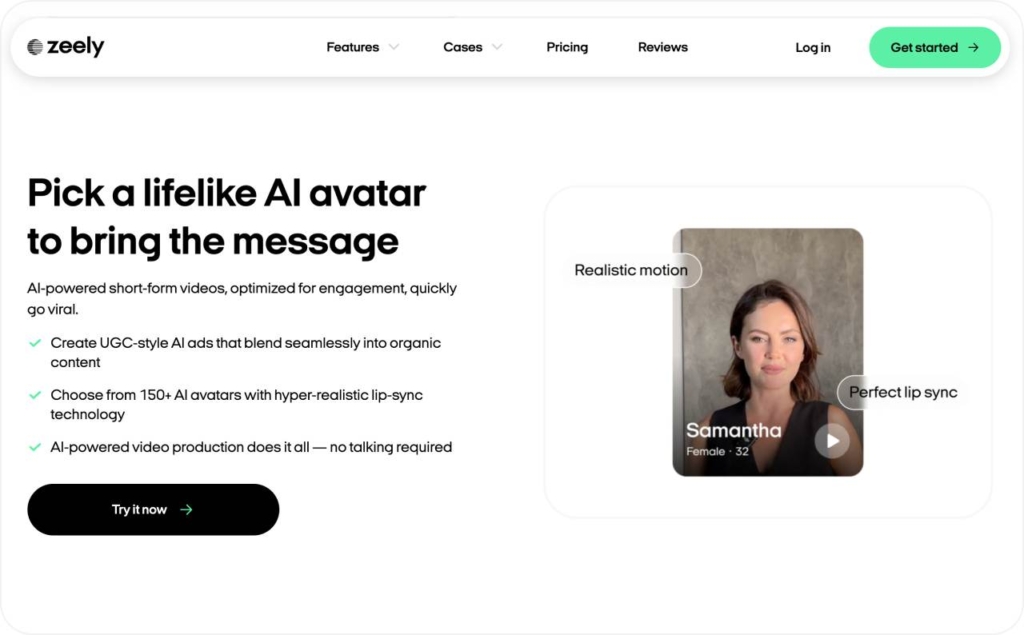
What you can do next to make UGC ads work
You now have a map — channels, costs, and audience signals — for every ad format at your disposal. Turn the map into motion. Start with a short test: pick one product, set baseline metrics, and release a small batch of customer‑made clips alongside a single polished spot. Compare the numbers after a week.
Collect what works, archive what doesn’t, and let those real‑world results guide your next round. Create a standing request for fresh user photos or quick video reviews, then feed the best material into your paid placements. Build a light approval checklist so your team can green‑light new content in hours rather than weeks.
Keep one eye on the scoreboard — clicks, saves, repeat views — and the other on feedback from actual buyers. Their questions reveal the next story you need to tell. Over time, you’ll stock a living library of trustworthy voices, ready to scale whenever a launch or seasonal push calls for it.
The sooner you start this cycle of test–learn–refine, the faster your ad spend turns into measurable growth. Your customers are already talking; all you need to do is give their stories a stage.
Also recommended
